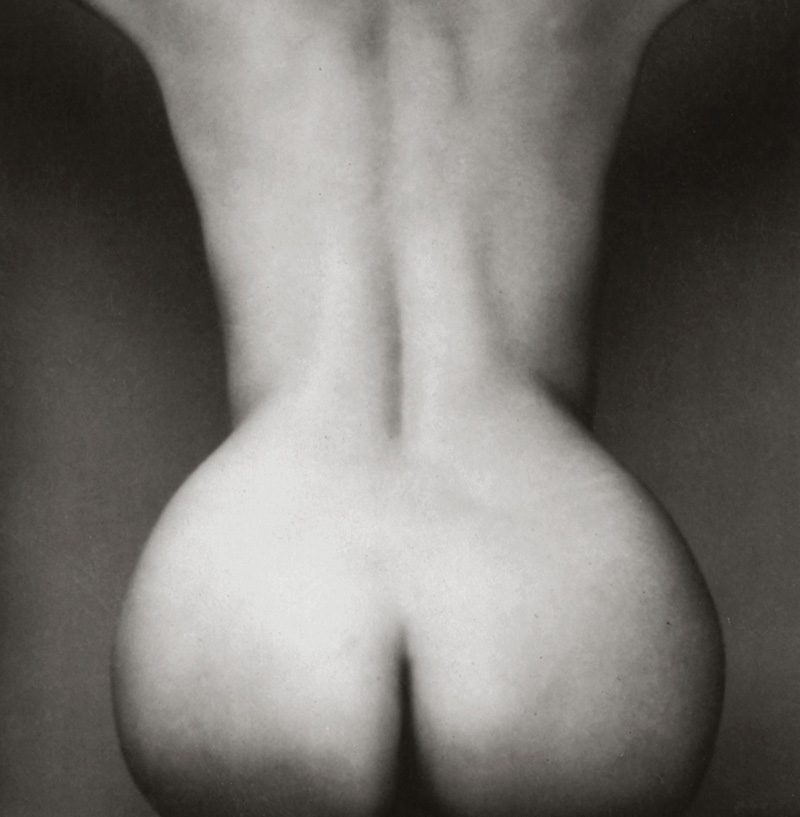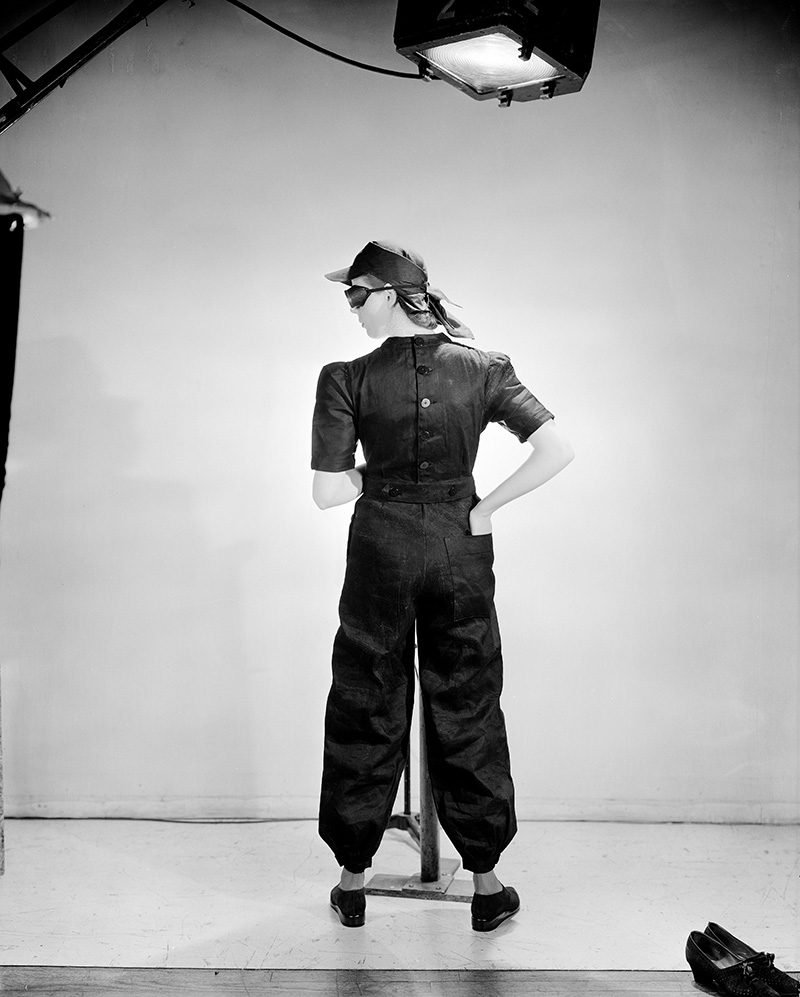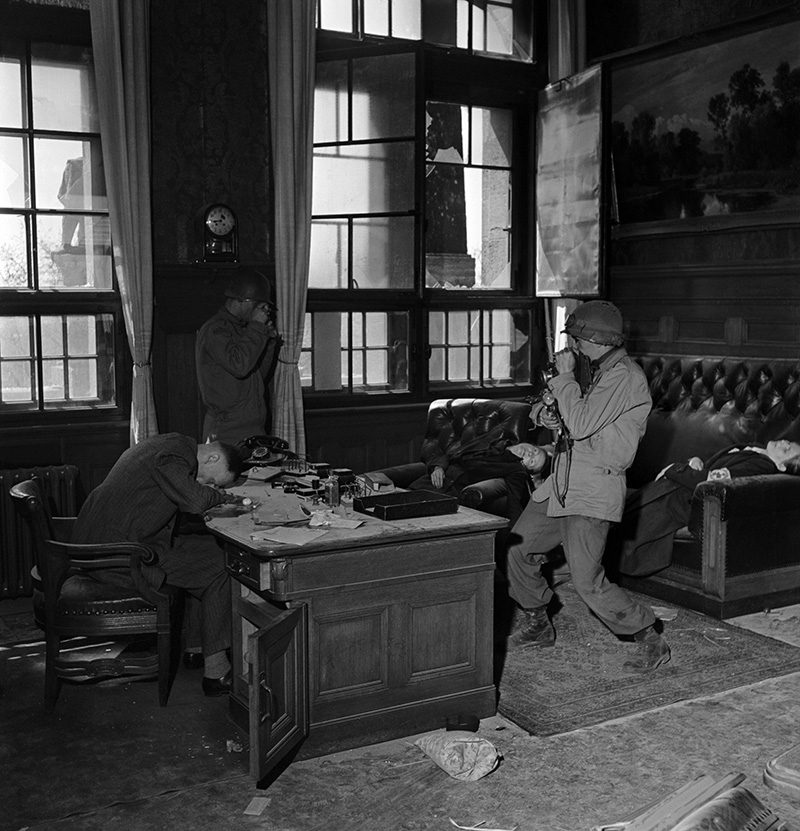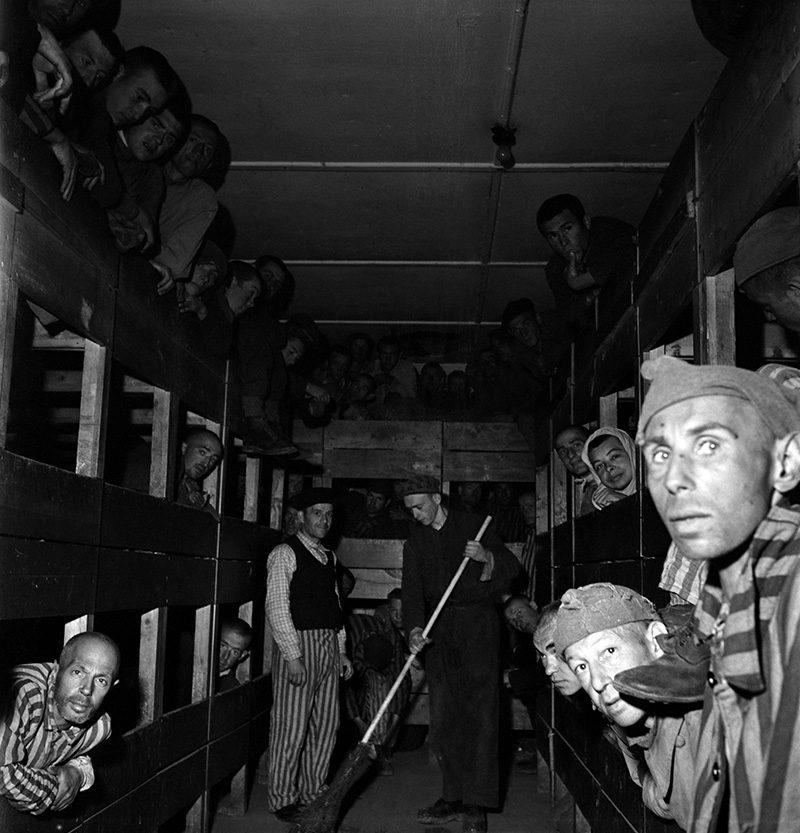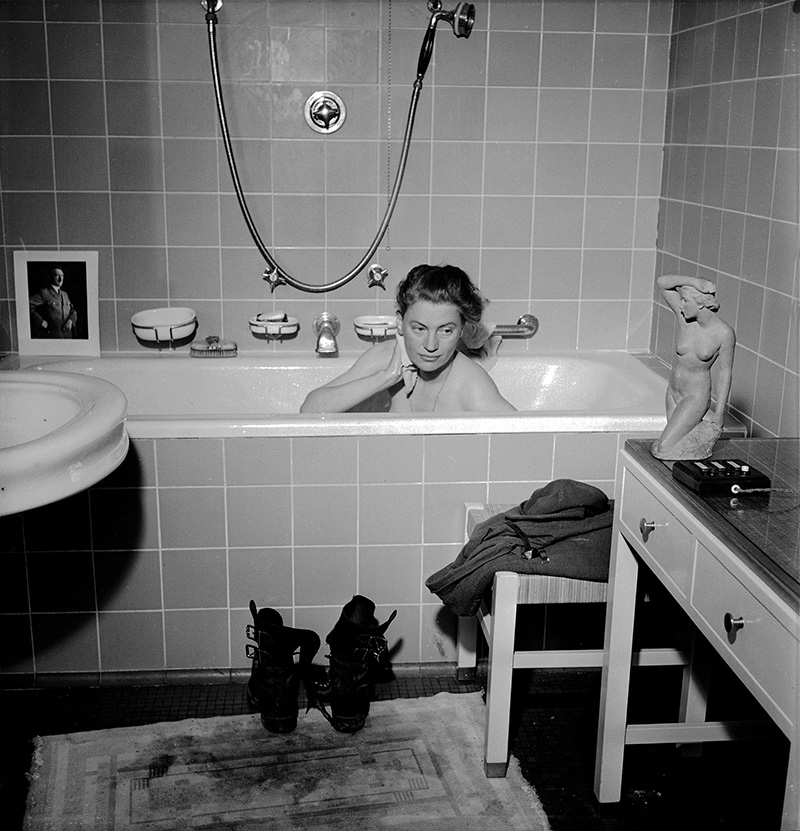Photo:Lee Miller, Photographs at Martin-Gropius-Bau
 Lee Miller (1907-1977) is one of the most versatile US-photographers and photo-journalists of the 20th Century. She united opposed genres such as surrealism, fashion, portrait and travel photography, as well as war reporting into her work. She was probably the only woman combat photo-journalist to cover the front line war in Europe
Lee Miller (1907-1977) is one of the most versatile US-photographers and photo-journalists of the 20th Century. She united opposed genres such as surrealism, fashion, portrait and travel photography, as well as war reporting into her work. She was probably the only woman combat photo-journalist to cover the front line war in Europe
By Efi Michalarou
Photo: Martin-Gropius-Bau Berlin Archive
The exhibition “Lee Miller – Photographs” leads through the photographer’s diverse stations of life in New York, from Paris and Egypt up to Germany. The 100 photographs that are exhibited present the entire spectrum of Lee Miller’s photographic work from the years from 1929 to 1945, which saw the surrealist turn into a war reporter. The exhibition illustrates Lee Miller’s life from different perspectives, as assistant, muse and partner of Man Ray in Paris in the ‘30s and as a pioneer of art photography and a photo-journalist during the World War II. Her photographs are ranked amongst the most haunting war documents of the 20th Century. Lee Miller began her artistic career in Paris in 1929, when she began taking surrealist photographs with Man Ray. She was more than merely his muse and assistant, since the photographs were often created in close collaboration. In the nude photographs, which Man Ray took of her, Miller deliberately put herself into the limelight. In her own photographs (nudes, portraits and street scenes), she focused on surrealism’s stylistic devices and developed her own artistic language. Miller distorted the motifs of image by choosing close-cropped image details, fragmenting the human body and working with solarisation techniques, hence reversing the black and white values using strong overexposure. After a short stay in the USA since 1932, where she continued to run her photo studio that she had founded in Paris, Miller followed her husband to Egypt in 1934. There and in subsequent trips over Athens to Bucharest, the photographer recorded landscapes, architecture and people in her photographs. Her eye for the ambiguity of reality, rooted in surrealism, is found again in the natural forms of her landscape pictures. In 1938 Miller settled in England, working for a photographer for British Vogue from 1940 onwards, and recording the social circumstances and disastrous consequences of the Second World War as a photo-journalist. She photographed the destruction by German bombardments during the so-called “Blitz” in London. The pictures of destroyed city streets and people in full battle regalia are often staged artfully and they are still clearly characterised by Surrealism. As one of few Americans, Miller obtained accreditation as a war correspondent and reported from the American front line for Vogue since 1944. She photographed the liberation of Normandy by the Allies and went through Europe with the advancing American troupes. Her works as a photo-journalist are characterised by an increasingly direct and objective pictorial language, which focuses on the documentary aspect. From 1945 on Miller photographed the consequences of the war in Germany and Austria and recorded as one of the first photographers the crimes of Nazis in recently freed concentration camps in Dachau and Buchenwald. During a stop-over in Munich Miller spent time in Adolf Hitler’s private apartment, which had been occupied by American soldiers, and staged herself in the famous photograph of herself in the dictator’s bathtub, this a politically charged act of appropriation allowing for manifold interpretations. The photograph was taken by David E. Sherman. In her entire photographic work Lee Miller created both staged as well as documentary images, which are unique exactly in their subjectivity.
Info: Curator: Walter Moser, Martin-Gropius-Bau Berlin, Niederkirchnerstraße 7, Berlin, Duration 19/3-12/6/16, Days & Hours: Wed-Mon 10:00-19;00, www.gropiusbau.de

